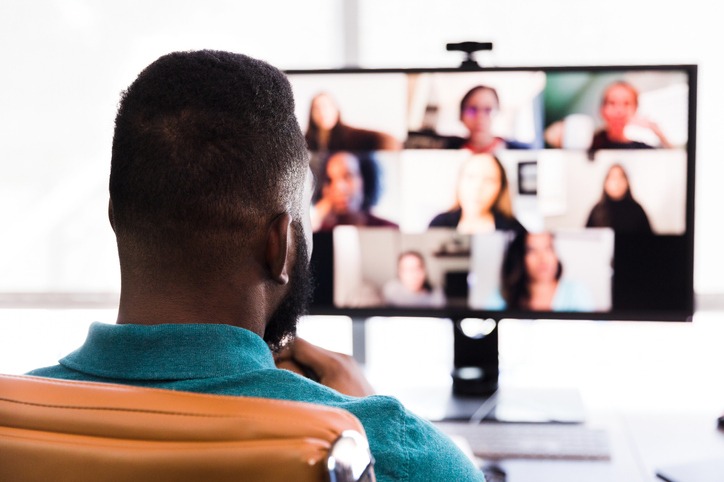Why virtual events will continue to rise
After many have had to pivot from in-person conventions, tradeshows and media events to digital alternatives, some are seeing opportunities beyond our current moment.

Virtual events have challenged the way media attendance at events works. Despite all this, there has been a wave of positive responses to virtual events, with some even predicting they are here to stay.
Since the pandemic hit 12 months ago, there has been extensive expansion and growth within the world of virtual events. According to one virtual event organization, enquiries about its platform surged 1,000% to 52,000 events and subevents taking place since COVID-19. Making your virtual event stand out from the rest means refining your strategy, which is imperative for B2B companies to stay ahead of the curve.
Here at IBA we have also been involved in the virtual events circuit, with a particular focus on securing press attendees and resulting coverage. Media participants always require a different approach, and this still applies when an event is taking place virtually. In fact, research from Integrate shows 58% of marketers in the U.S. and UK said they needed to rethink their events strategy to ensure success and meet goals.
Here are four areas to focus on to enhance your virtual event media strategy, maximize content creation and follow-on engagement:
1. Focus on content.
Despite COVID-19 bringing many different challenges, there have been some welcome changes within the events world. The logistical nightmare and preparation of securing media attendees pre-COVID, took precious time away from the all-important content planning. With attention often directed in other areas, content and audience engagement wasn’t always given the attention it needed.
A shift from focusing on event aesthetics to content has been a welcome change for media outlets. Not only does this give you more time to finalize the guest list, but you also have more time to home in on the business narrative. Pre-event engagement is key to the audience retention and being able to send personalized agenda and session information is a good way to keep your event at the forefront of their minds.
2. Leave them wanting more.
Working from home goes hand-in-hand with distractions, all of which can take attention away from your event. To combat this, keep online events short and concise. Create pre-recorded interactive videos to help keep these distractions at bay. Keep navigation simple so that press attendees can focus on the details that matter to them. This will keep your press attendees focused and will generate follow-on enquiries.
3. Cast a wider net.
With virtual events going digital, those who can’t attend in real-time can re-visit the event at their leisure through on-demand services. Having this option means those journalists who didn’t attend but who might want to revisit some of the content are able to do so on their terms.
International audiences also benefit from this feature as time difference and travel is eliminated, meaning more journalists can take in more events in a shorter space of time. In addition to this, the geographical network is widened which can only result in the geographic expansion of potential coverage.
On-demand sessions will also provide great briefings to allow marketing and PR teams to create follow-on content in the form of articles and blogs.
4. Take charge of your business narrative.
During live sessions, virtual dashboards can be used to your advantage by having attendees’ messages or questions routed directly to your press office, keeping any awkward questions out of the public domain and giving you more time to strategically think about your response.
The tailoring of your answer means you have the ability to curate your narrative with the most relevant company subject matter to ensure you want to portray with accuracy. With this new Q&A process, you can adapt your response and writing style to suit the publication and avoid any potentially harmful misreporting.
The new rules for virtual events
Virtual events have been the networking frontrunner during COVID-19. Reduced lead times, costs and logistics, combined with a shift in focus to content engagement works perfectly for hard pressed journalists and marketing departments alike. In the B2B world, the number of journalists is dwindling, so this new way of working is welcomed, enabling journalists to cover multiple events in a day and boost your press engagement potential audience reach more than previously possible.
Jamie Kightley is head of client services at IBA International.






